Equilibirum of Beam
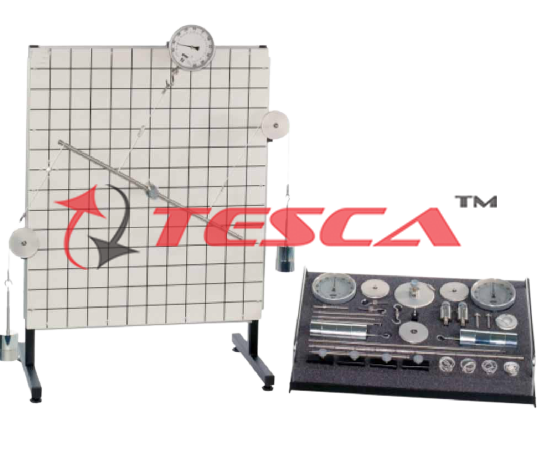
Order Code: 32229
Category: Strength of Materials Lab
Features Versatile experimental unit demonstrating planar mechanical force systems Scope of experimentation can be extended by supplementary sets Tesca Fundamentals of Static Apparatus demonstrates fundamental pri...
SPECIFICATION
Features
- Versatile experimental unit demonstrating planar mechanical force systems
- Scope of experimentation can be extended by supplementary sets
Tesca Fundamentals of Static Apparatus demonstrates fundamental principles of statics such as the equilibrium of forces and moments, resolution of forces, the laws of rigid body, the law of levers and beam and suspension of of cables demonstration.
The base element is an upright panel. Feet enable the panel to stand on a laboratory bench. All parts required for the experiment can be quickly attached to the rails around the edges. The imprinted line grid and grid-marked lever rods permit precise assembly. The lengths marked on the grid make it easy to define angles. A wide range of mountings, such as cables, rods, pulleys, torque disks, pivot bearings and the like, can be easily fixed in place and combined. Ball bearings integrated into the panel permit low-friction torque experiments. The versatility of the experimental unit helps students to explore their creativity in developing their own experiments.
Large-format force gauges are particularly well suited to demonstration purposes. The adjustable transparent dial enables input loads, such as dead-weights, to be taken into account. As a special teaching aid, it is possible to write directly on the panel with erasable markers. Markings, sketches and comments can be added to supplement the experiments. All parts are clearly laid out and well protected on a storage system. The storage systems are stackable, providing for space saving storage.
Three supplementary sets are available to extend the scope of experimentation, providing additional experiments relating to the inclined plane, friction, pulley blocks and gear wheels.
5. Rotational position of wave plate and filters
Specifications
Experimental setup to demonstrate simple, planar force systems
Panel with rails around the edges for easy mounting of various experimental components
Panel with imprinted 50mm line grid and facility to write on using erasable marker
Lever rods with 50mm grid
Wide range of mountings: cables, rods, pulleys, torque disks, pivot bearings and the like
Force gauges for tensile and compressive forces, with large-format display
Transparent dial on force gauge rotatable
Storage system to house all parts
Technical Specifications
Panel
? WxH: 600x700mm, @13kg
? Line grid: 50mm
Force gauges for tensile and compressive force
? Measuring range: ±50N
? Display diameter: Ø=110mm
? Protected against overloading
? Roller chain
? Magnetic chain sprocket pulleys
? Spring balances
? Magnetic hook points
? Lightweight hooks
? Model ladder
? Magnetic pulleys
Magnetic ladder hook and plate points
? Magnetic pulleys
? Cords with rings
? Rigid beam with hook points
Weights
? 2x 5N (hanger)
? 6x 5N
Demonstration of Suspension Cable Order Code - 32226
Magnetic parts of the kit fit on 32225 to study or demonstrate the shapes and tensions in a suspension cable.
The kit compares a suspension cable with a catenary cable and analyses results using catenary and parabolic theory.
It includes a roller chain (the cable), held by magnetically mounted sprocket pulleys and a set of weight hangers and weights. Spring balances measure the tension in the cable.
The versatility of the kit means that you can create symmetrical and non-symmetrical cables, with point loads or with evenly-spread loads.
Experiment Possibilities
Analysis using catenary and parabola theory
Cable weight and tension
Comparison of a symmetrical suspension cable and catenary
Unsymmetrical suspension cable
A point load on a suspension cable
Rigid Body Equilibrium Order Code - 32227
Magnetic parts of the kit fit on 32225 to study or demonstrate the forces around an inclined ladder type structure. The kit holds a model ladder at different angles with or without a ‘climbing mass’ and measures the horizontal and vertical forces.
The versatility of the kit means that you can adjust the ladder angle between more than 15 to 45 degrees and try it with or without a climbing mass at any position along its length.
Experiment Possibilities
Horizontal and vertical reaction forces on a ladder
Safe angles for a ladder
A climbing mass on a ladder
A ladder at different angles
Equilibrium of Forces Order Code - 32228
Magnetic parts of the kit fit om 32225 to study or demonstrate three coplanar concurrent forces (triangle of forces) or more (force polygons).
The kit uses masses, hooks, pulleys and cords to apply forces on a single point (concurrent). Students may also set it to apply forces to two points (non-concurrent).
Students measure the forces at equilibrium and compare with theoretical values. The kit introduces ‘Bow’s Notation’ and the drawing method of finding the forces.
The versatility of the kit means that you can set up to five forces at any angles, using its cords, rings, magnetic mounts, magnetic protractors, pulleys, weights and a spring balance.
Experiment Possibilities
Concurrent and non–concurrent coplanar forces
An introduction to Bow’s notation and graphical analysis
Force triangles, polygons and Link polygons
Equilibrium of a Beam Order Code - 32229
Magnetic parts of the kit fit on 32225 to study or demonstrate forces, moments and reaction forces around a rigid beam at equilibrium. The kit uses masses, magnetic mounts and spring balances to apply forces to a rigid beam. Students measure the forces around the beam at equilibrium and compare with theoretical values found from theory of moments and equilibrium.
The versatility of the kit means that you can set up several different ways of supporting the beam, including simply supported or balanced.
Possibilities
Using moments and the theory of equilibrium to fi nd beam reaction and other unknown forces
Simply-supported beams
Balanced beams
Manuals
The Kit is supplied with the following manuals: Required Services, Assembly and Installation, Starting-up, Safety, Maintenance & Practices Manual.

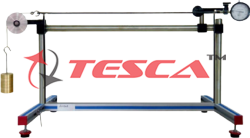
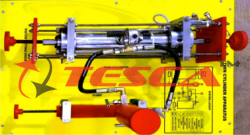
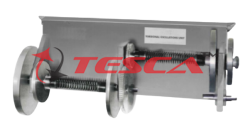
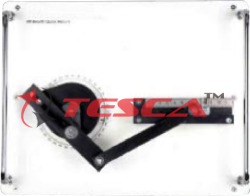
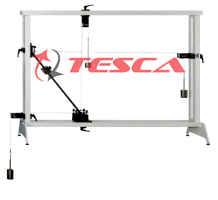
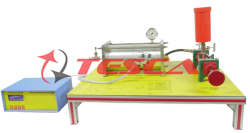
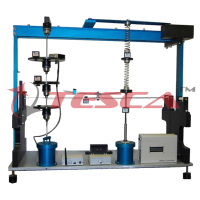
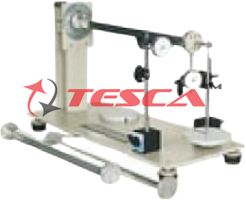
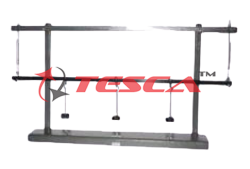

 91-9829132777
91-9829132777